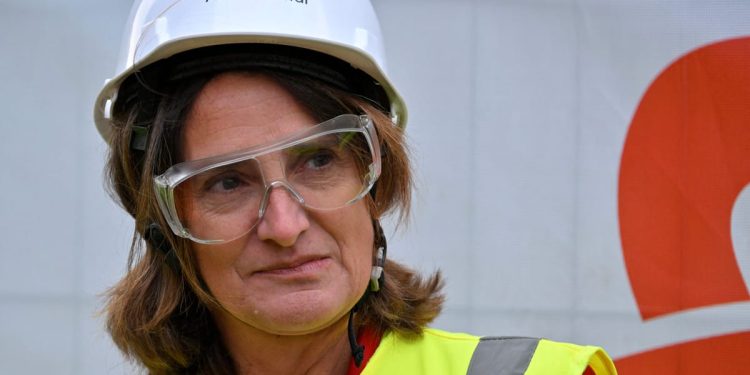It also establishes a limit of 350 million euros for loans and guarantees of the ceiling state at 525 million euros for companies of clean technology in certain regions, part of a range of measures that allow Also for governments to pay up to 50% of investments in equipment or machines using hydrogen and 35% for equipment to produce renewable energies.
He spoke of the need to encourage investments in Europe where “considerable funds will have to be mobilized, mainly from private sources”.
“Public support will be necessary to advance decarbonization efforts,” he said, and the framework intends to provide “a longer planning horizon and businesses with predictability and investment safety” And help “deactivate investments in project portfolios” to encourage more pension funds and insurers more opposite to risk.
He said governments could also introduce tax incentives to help companies buy assets in clean technology and not necessarily in state control – as long as they do not favor certain companies.
In addition, the project shows that the commission trying to complete more aid to small businesses and disadvantaged regions.
Industry groups were positive about updates. Stefan Sagebro, of the Confederation of the Swedish company, said that net technology thresholds are “not unreasonable” because they are intended for “mass production of goods where there is intense competition” and where civil servants should be “more prudent” to provide subsidies.
Vincent Van Hoorn, of the Cleantech for Europe lobbying group, said that the framework necessary to “marry speed and agility to provide much more predictability to own technology entrepreneurs”. He was happy to see the Commission recognize “the unique advantages of fiscally effective tools such as guarantees”.
Politices


